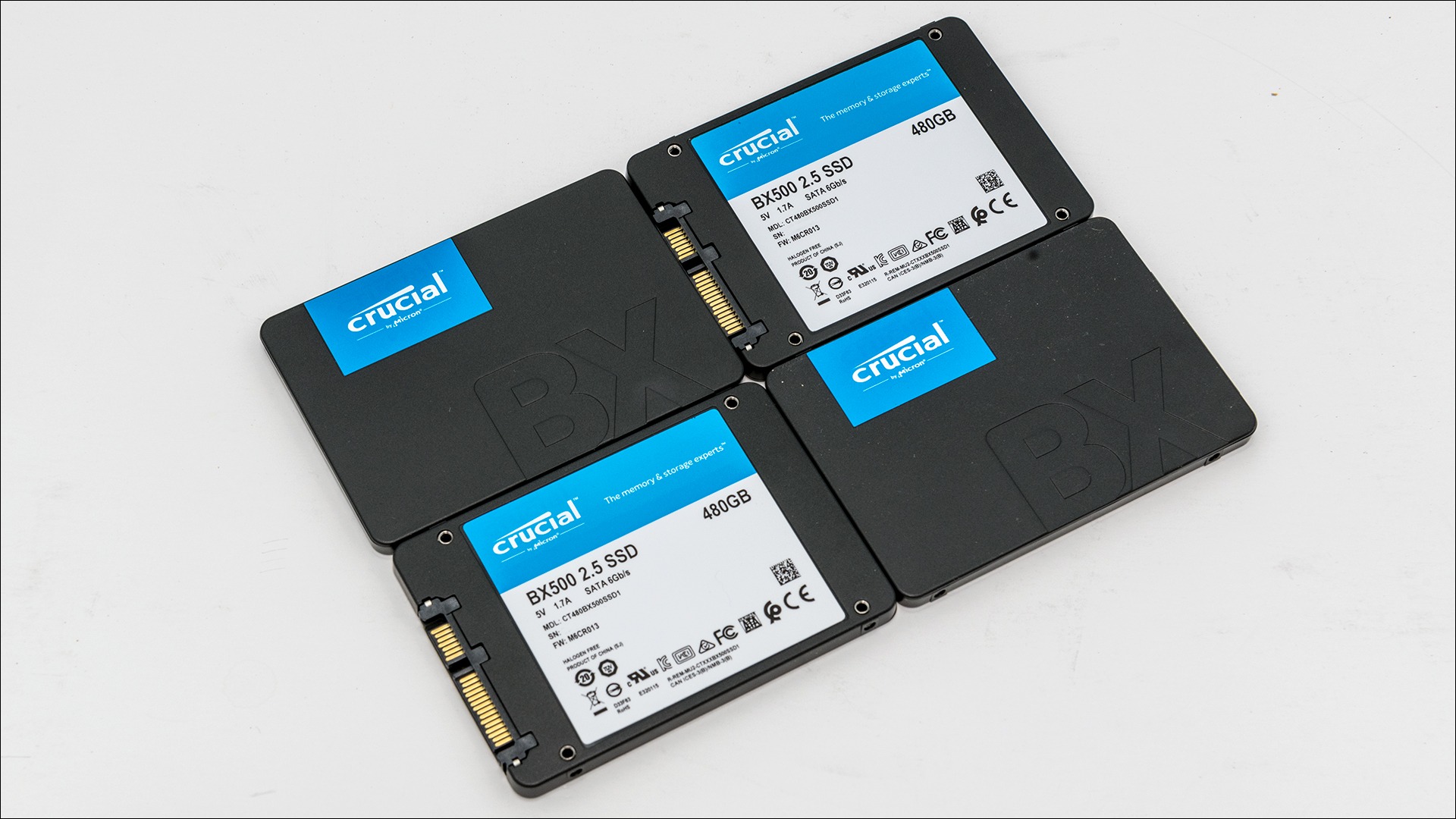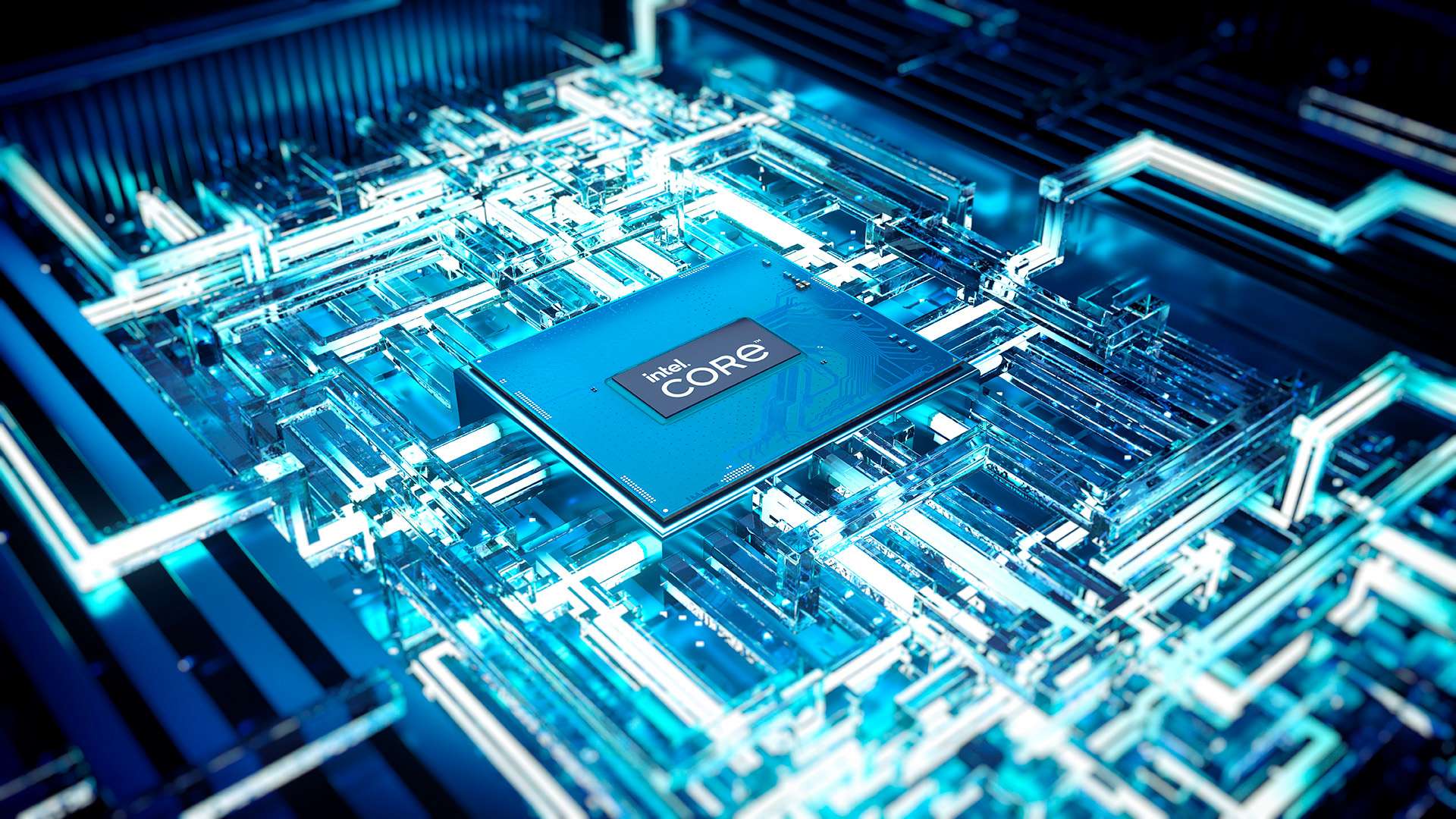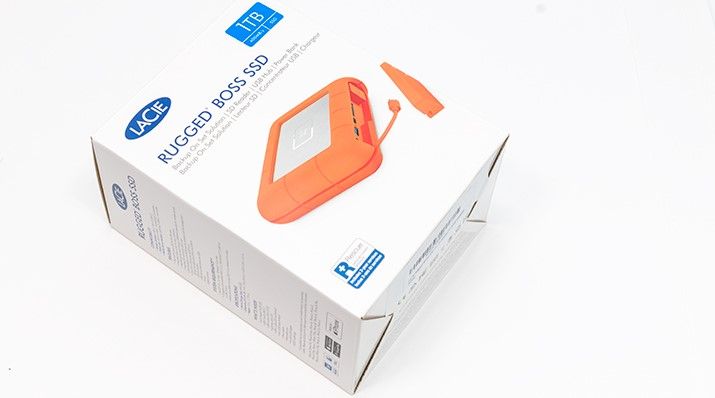When viewed through the lens of history the BX500 is disappointing and arguably will be a major let down for some. This is not the fault of the BX500 per say, rather it is because the BX300 was such an anomaly. When the BX300 was released it did send shock waves through the entire marketplace as it offered never before seen levels of value. The BX300’s reliance on MLC and not TLC NAND like the mX300 made it capable of offering buyers most the of MX300 series performance at a fraction of the price. This made it a near instant cult classic in the system builders and knowledgeable buyer circles. It was however an anomaly and was unlikely to be repeated – with phrases such as ‘blue moon event’ springing to mind – as it was an unlikely series of events (dare we say a “series of unfortunate events” for Crucial?) that all culminated in the BX300 being so choke full of value.
The BX500 on the other hand is a return to normalcy. With its B standing for Budget and the M in MX500 standing for Mainstream. In single drive configurations the BX500’s performance really is better than the majority of cheap drives in its price range. In fact, it actually brings a much-needed dose of sanity to the refuse bin that is this corner of the marketplace. It is only when compared to the MX500 that people hoping for a ‘BX300 redux’ will find its performance as a primary drive disappointing. This should come as no surprise. Its lack of on-board RAM cache coupled with a lower performance controller, with the same(ish) NAND as the MX500 means there was simply no way the BX500 could be the standout success its predecessor was. We are positive this drive was originally slated to be a QLC (4 bits per cell) based drive and not TLC (3 bits). This last-minute change, due to poor fab yields of IMFT’s QLC NAND, forced Crucial to scramble for a solution. A solution that did significantly increased the build cost… and in return reduced the difference in price between the mature MX500 series and this late addition.
This is not to say it is a bad series. In fact, as a secondary storage option it actually does have a lot going for it. “Game” drives do not undergo large amounts of small-file I/O demands, nor are they drives that undergo sustained write heavy demands all that often. Instead the majority of their time is spent reading data already stored on them with the occasional burst of writes from time to time. Here the BX500’s lackluster small file performance and sustained write performance are of no consequence. This coupled with a smaller, but not small, SLC write buffer means that they can indeed offer buyers interested in a second drive similar level of performance without the MX500 price tag.
Equally important is these drives actually make very good RAID drives with very predictable scaling. Here the lower cost really can equal and even exceed what the MX500 series has to offer. With an asking price of $80 vs $100 for an MX500 of equal size(ish… 500GB vs 480GB) buyers who have a limited budget can get more BX500’s for their RAID array than they can MX500s. As we all know the more modern solid-state drives (and controllers, and ‘SLC’ mode NAND cache) that you can place in the array the higher the overall performance will be. At only the four MX500 500GB drive mark buyers can actually afford five BX500 480GB drives for their new RAID array. Five of these drives will not only offer more capacity, but will make for one rather potent mega-sized ‘Game drive’ with sequential read performance in the 2+ TB/s range. That is nothing to sneeze at.
The same holds true for those interested in just one 2TB MX500. Here buyers can easily purchase four of these BX500 drives, get better overall performance and still have 70 dollars left in their pocket. Just as importantly, for about the same price as an expensive ($540) Intel Optane 905P 480GB drive buyers can get six and almost seven of these BX500 480GB drives. Even a potent NVMe controller like the one used in the Optane 905P will have a hard time keeping up with that many drives.
This is one of the few times we would ever even think about suggesting such a configuration to less knowledgeable buyers as entry level drives are usually not just inexpensive but cheap 3rd grade drives from 3rd rate manufacturers. The BX500 may be inexpensive but it is not a cheap drive. Instead it offers buyers a lot of quality for its low price. It just is not the ‘MX500 killer’ that some were hoping for.
For this reason, the BX500 will not be right for everyone but for those on a tight budget who are not afraid of a little outside the box thinking the BX500 can be a viable alternative. For everyone else though we would strongly suggest ponying up the extra $20 for a similarly sized MX500 for your next ‘OS drive’. That still is the value series to beat in the mainstream marketplace. In other words, the BX500 is an excellent addition to the value end of the marketplace but most people will be happier with the MX500 series in typical scenarios and configurations. Just don’t write the BX500 off because it can’t live up the hyper-inflated expectations that the BX300 created in many people’s minds. Instead understand its limitations and as along as your needs align with the BX500 more than the MX500’s of the marketplace it is indeed a decent choice.
The Review
Crucial BX500 SSD
The Crucial BX500 is going to be a very controversial model. A controversial model that is not going to impress mainstream buyers all that much. Thankfully it doesn’t have to. Its market niche is the entry level, low-budget crowd and here it does indeed shine. Furthermore, we would have zero issues with using that as a D/E/F/G/H secondary storage drive.











